Home>Gardening & Outdoor>Landscaping Ideas>How To Get Rid Of Moss In Lawns
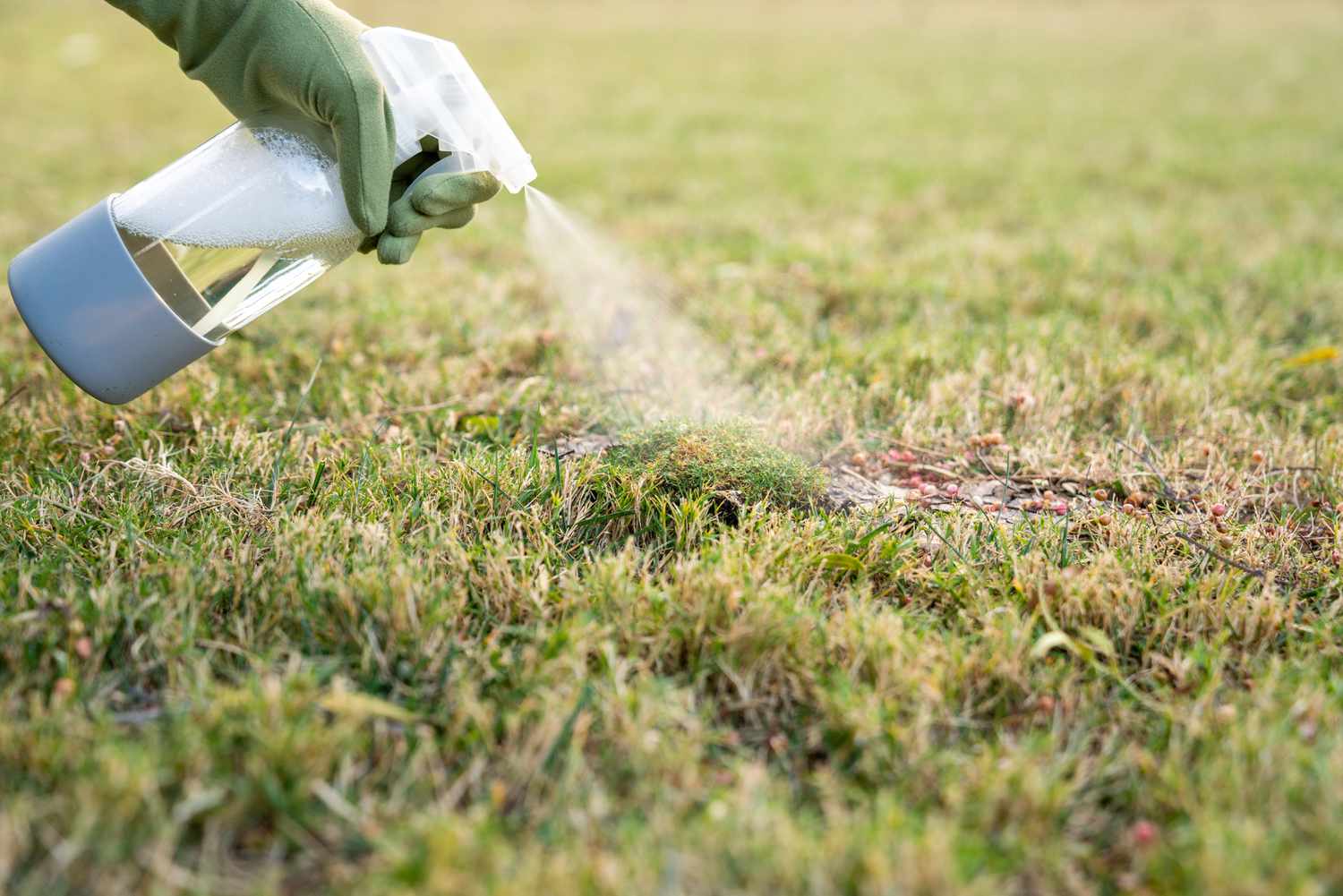

Landscaping Ideas
How To Get Rid Of Moss In Lawns
Modified: January 6, 2024
Learn effective landscaping ideas to remove moss from your lawn. Discover expert tips and techniques for a moss-free and healthy lawn.
(Many of the links in this article redirect to a specific reviewed product. Your purchase of these products through affiliate links helps to generate commission for Storables.com, at no extra cost. Learn more)
**
Introduction
**
When envisioning a lush, vibrant lawn, the last thing you want to see is an invasion of moss. While moss can lend a mystical allure to shaded woodland areas, it's an unwelcome sight in a well-tended lawn. The presence of moss often indicates underlying issues such as poor drainage, compacted soil, or excessive shade, which can thwart the growth of healthy grass. Fortunately, with the right approach, you can bid farewell to moss and restore your lawn to its former glory.
In this comprehensive guide, we'll delve into the intricacies of moss in lawns, exploring the factors that contribute to its growth, effective methods for removal, and strategies for long-term prevention. By gaining a deeper understanding of moss and implementing targeted solutions, you can transform your lawn into a flourishing oasis that exudes vitality and charm. Let's embark on this enlightening journey to reclaim the beauty of your lawn and keep moss at bay for good.
**
Key Takeaways:
- Say goodbye to moss by improving sunlight exposure, enhancing soil aeration, and promoting healthy grass growth. Swift action and ongoing maintenance will keep your lawn vibrant and moss-free.
- Prevent moss growth by addressing underlying issues like poor drainage and compacted soil. Regular maintenance, optimal watering, and pH monitoring are key to maintaining a lush, moss-free lawn.
Read more: How To Get Rid Of Moss On A Brick Patio
Understanding Moss in Lawns
**
Before delving into the eradication of moss from lawns, it’s essential to comprehend the nature of moss and the conditions that foster its growth. Moss is a primitive, non-vascular plant that thrives in damp, shaded environments. Unlike grass, moss lacks true roots, stems, or flowers, and reproduces via spores. Its ability to flourish in low-light areas and compacted soil makes it a common nuisance in lawns that suffer from poor drainage, excessive shade, or soil compaction.
One of the primary factors contributing to moss growth is inadequate sunlight. Lawns shaded by trees, buildings, or other structures are particularly susceptible to moss infestations. Additionally, compacted soil impedes proper water and nutrient absorption, creating an environment conducive to moss development. Excessive moisture, whether from overwatering or poor drainage, further exacerbates the problem, as moss thrives in consistently damp conditions.
Understanding the specific conditions that promote moss growth is crucial in formulating an effective plan to combat its presence. By addressing the underlying issues that favor moss over grass, you can create an environment that is inhospitable to moss while fostering the healthy growth of your lawn.
**
Preventing Moss Growth
**
Preventing moss growth in lawns entails addressing the underlying factors that contribute to its proliferation. By implementing proactive measures, you can create an environment that discourages moss while promoting the flourishing of lush, green grass.
1. Improve Sunlight Exposure: Evaluate the areas of your lawn that receive inadequate sunlight and consider pruning overhanging branches or strategically thinning out foliage to allow more light to reach the grass. In some cases, selective tree trimming may be necessary to create a balance between shade and sunlight.
2. Enhance Soil Aeration: Compacted soil inhibits the circulation of air, water, and nutrients, creating a hospitable environment for moss. Aerating the soil using a garden fork or mechanical aerator can alleviate compaction, facilitating better drainage and promoting the healthy growth of grass.
3. Optimize Drainage: Poor drainage can lead to waterlogged soil, fostering moss growth. Address drainage issues by redirecting downspouts, installing French drains, or creating gentle slopes to encourage proper water runoff.
4. Adjust Watering Practices: Overwatering can contribute to excessive moisture, providing an ideal habitat for moss. Adjust your watering schedule to ensure that the lawn receives adequate moisture without becoming waterlogged. Water deeply and infrequently to encourage deep root growth in the grass.
5. Promote Healthy Grass Growth: A dense, vigorous lawn is less susceptible to moss invasion. Fertilize the lawn according to the specific needs of the grass species, overseed sparse areas, and mow at the appropriate height to encourage robust grass growth.
By diligently addressing these preventive measures, you can create an environment that is unfavorable to moss while nurturing the optimal conditions for a thriving, moss-free lawn.
**
Regularly rake and aerate your lawn to improve drainage and reduce moisture, which will help prevent moss growth. Additionally, adjust the pH of your soil by applying lime to make it less acidic, as moss thrives in acidic environments.
Removing Moss from Lawns
**
When moss has taken hold in your lawn, swift and effective action is essential to reclaim the turf from its clutches. Several methods can be employed to eradicate moss and restore the vitality of your lawn.
1. Manual Removal: For small patches of moss, manual removal can be effective. Use a dethatching rake or a specialized moss removal tool to gently rake out the moss, taking care not to damage the grass. This method is best suited for localized infestations and is labor-intensive but can yield satisfactory results.
2. Chemical Treatments: Moss control products containing ferrous sulfate or potassium salts of fatty acids can be applied to the affected areas to kill the moss. These products are generally effective and act quickly, but caution must be exercised to avoid overspraying onto desirable plants or surfaces.
3. Lawn Scarification: Scarifying the lawn using a mechanical scarifier or a dethatching rake can help remove moss and thatch, allowing better air circulation and promoting grass growth. This method is particularly beneficial for larger moss-infested areas and can significantly improve the overall health of the lawn.
4. pH Adjustment: Moss thrives in acidic soil, so adjusting the pH level can deter its growth. Applying lime to raise the soil pH can create an environment that is less conducive to moss while fostering the optimal conditions for healthy grass.
5. Post-Removal Care: After removing the moss, it’s crucial to address the underlying issues to prevent its return. Aerate the soil, overseed to fill in bare patches, and adjust lawn care practices to promote the vigorous growth of grass while creating an inhospitable environment for moss.
By employing a combination of these methods and adopting a holistic approach to moss removal, you can effectively banish moss from your lawn and pave the way for a resilient, verdant expanse of grass.
**
Maintaining a Moss-Free Lawn
**
Once you’ve eradicated moss from your lawn, maintaining a moss-free environment requires ongoing attention and care. By implementing consistent practices and addressing potential triggers for moss growth, you can safeguard your lawn against future infestations.
1. Regular Maintenance: Maintain a regular lawn care regimen, including mowing, watering, and fertilizing, to promote the health and density of the grass. Regular mowing at the appropriate height encourages strong grass growth and inhibits moss from taking hold.
2. Optimal Watering: Water the lawn deeply and infrequently, allowing the soil to dry out slightly between watering sessions. This practice encourages deep root growth in the grass while discouraging the damp conditions favorable to moss.
3. Soil Aeration: Periodically aerate the soil to alleviate compaction and improve drainage. Aerating the lawn allows air, water, and nutrients to penetrate the soil, creating an environment conducive to healthy grass growth while deterring moss.
4. pH Monitoring: Regularly assess the soil pH and adjust it as needed to maintain a slightly alkaline environment, which is less hospitable to moss. Applying lime as necessary can help to sustain an optimal pH level in the soil.
5. Sunlight Optimization: Prune trees and shrubs as needed to optimize sunlight exposure in shaded areas. Creating a balance between shade and sunlight can inhibit moss growth and promote the flourishing of grass in previously shaded regions.
6. Prompt Intervention: Keep a vigilant eye on your lawn and promptly address any signs of moss resurgence. Swift action, such as manual removal or targeted treatments, can prevent the spread of moss and preserve the integrity of the lawn.
By integrating these proactive measures into your lawn care routine and remaining attuned to the specific needs of your grass, you can create a resilient, moss-free lawn that emanates vitality and splendor throughout the seasons.
**
Read more: How To Get Rid Of Moss And Grow Grass
Conclusion
**
Transforming a moss-infested lawn into a thriving expanse of lush grass requires a multifaceted approach that encompasses understanding, prevention, removal, and maintenance. By gaining insight into the conditions that foster moss growth and implementing targeted strategies, you can reclaim the beauty of your lawn and prevent future infestations.
Understanding the underlying factors that contribute to moss growth, such as inadequate sunlight, compacted soil, and poor drainage, is paramount in formulating an effective plan for prevention. By optimizing sunlight exposure, enhancing soil aeration, and promoting healthy grass growth, you can create an environment that is inhospitable to moss while fostering the flourishing of vibrant grass.
When faced with a moss invasion, swift and decisive action is essential. Employing methods such as manual removal, chemical treatments, lawn scarification, and pH adjustment can effectively eradicate moss and restore the vitality of the turf. Following the removal of moss, diligent post-removal care, including aeration, overseeding, and pH monitoring, is crucial in preventing its resurgence.
Maintaining a moss-free lawn demands ongoing attention and consistent practices. Regular maintenance, optimal watering, soil aeration, pH monitoring, and sunlight optimization are integral in safeguarding the lawn against future infestations. By integrating these measures into your lawn care routine and promptly addressing any signs of moss resurgence, you can cultivate a resilient, moss-free lawn that exudes vibrancy and allure.
With a steadfast commitment to understanding, prevention, removal, and maintenance, you can banish moss from your lawn and cultivate an expanse of grass that is a testament to nature’s enduring beauty and vitality.
Frequently Asked Questions about How To Get Rid Of Moss In Lawns
Was this page helpful?
At Storables.com, we guarantee accurate and reliable information. Our content, validated by Expert Board Contributors, is crafted following stringent Editorial Policies. We're committed to providing you with well-researched, expert-backed insights for all your informational needs.
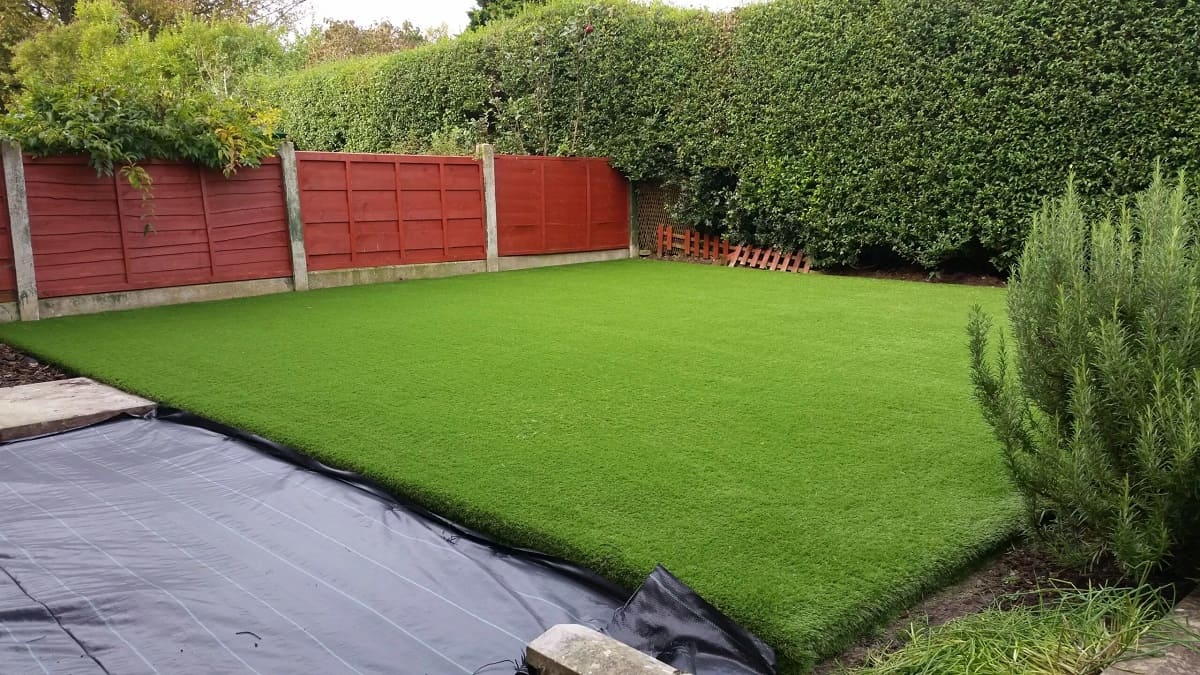
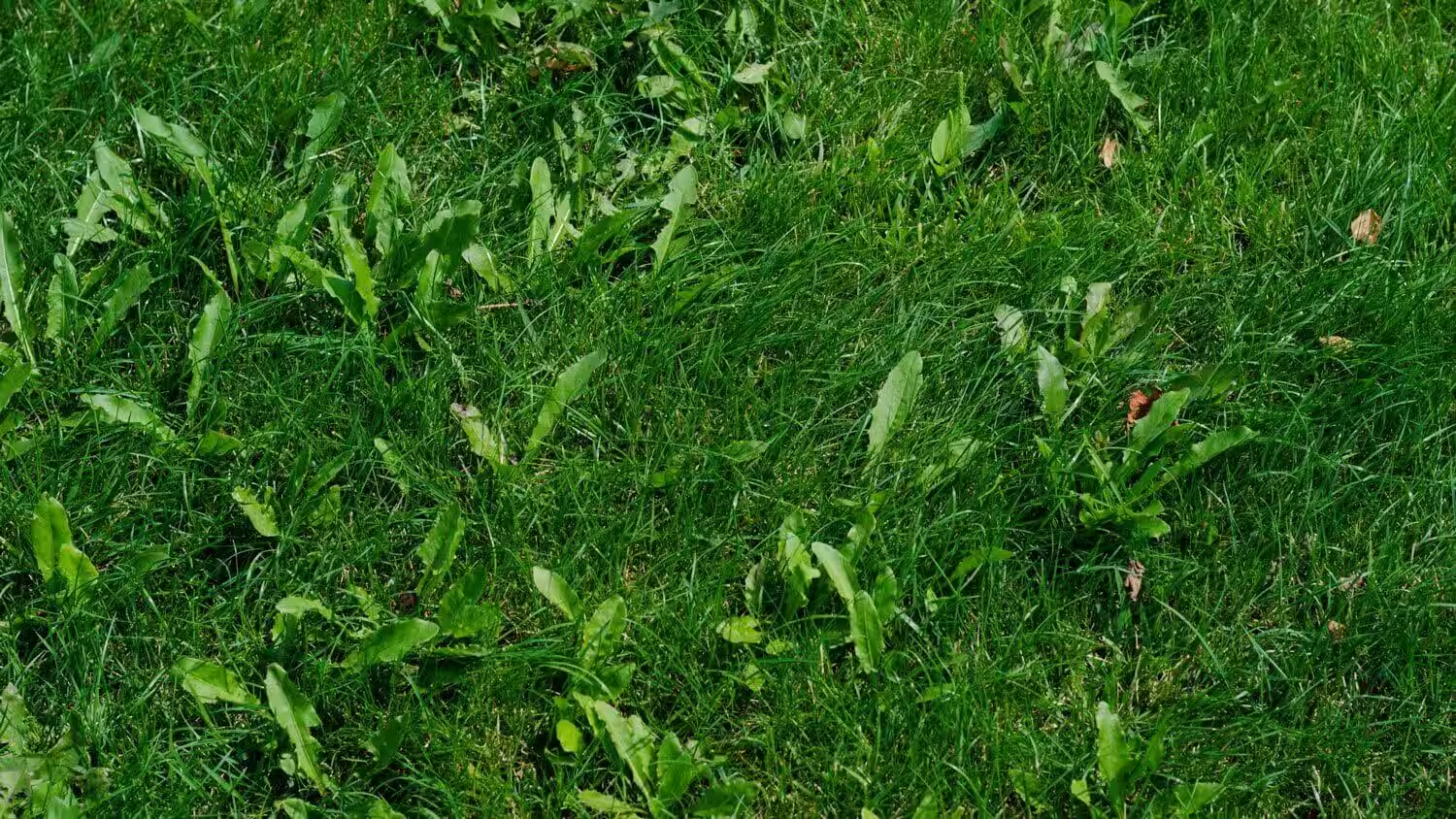
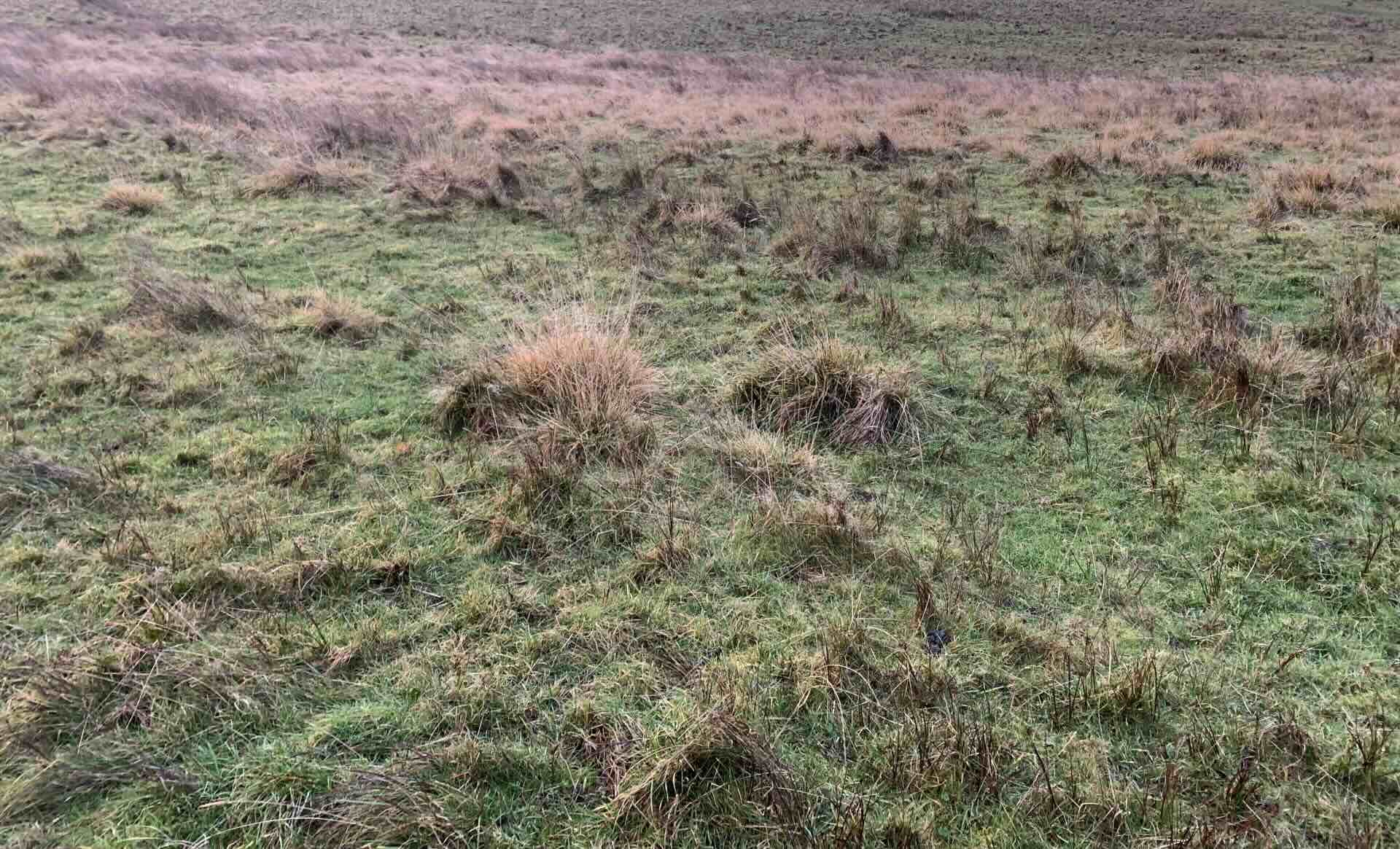
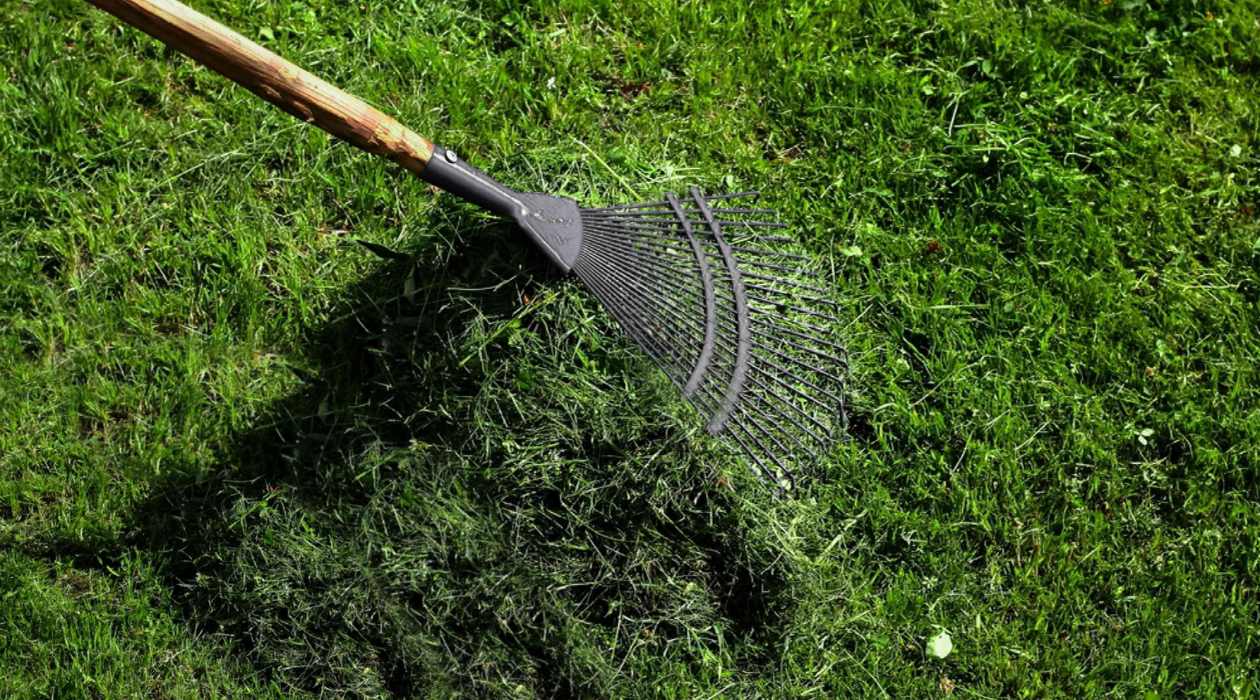
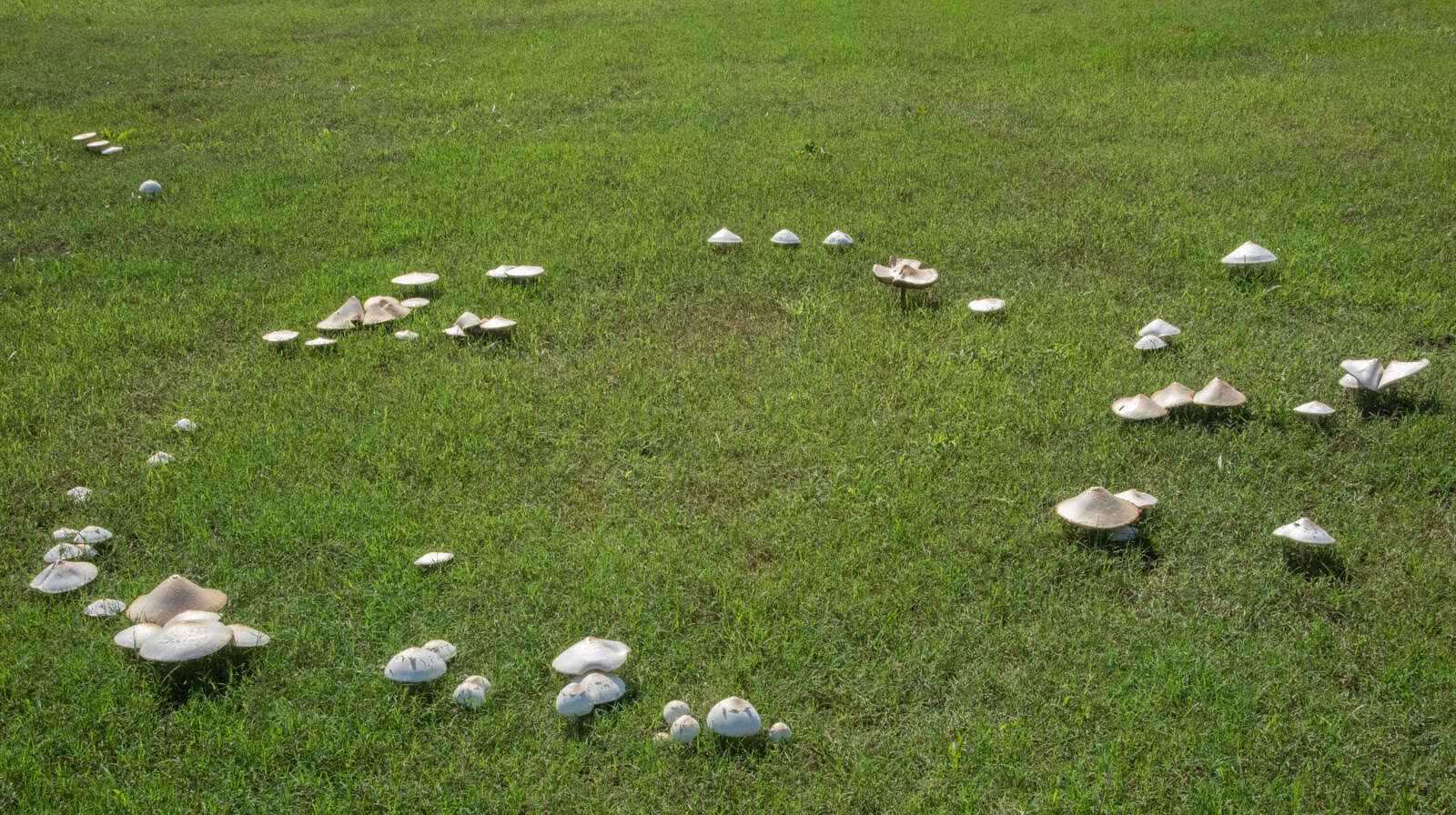
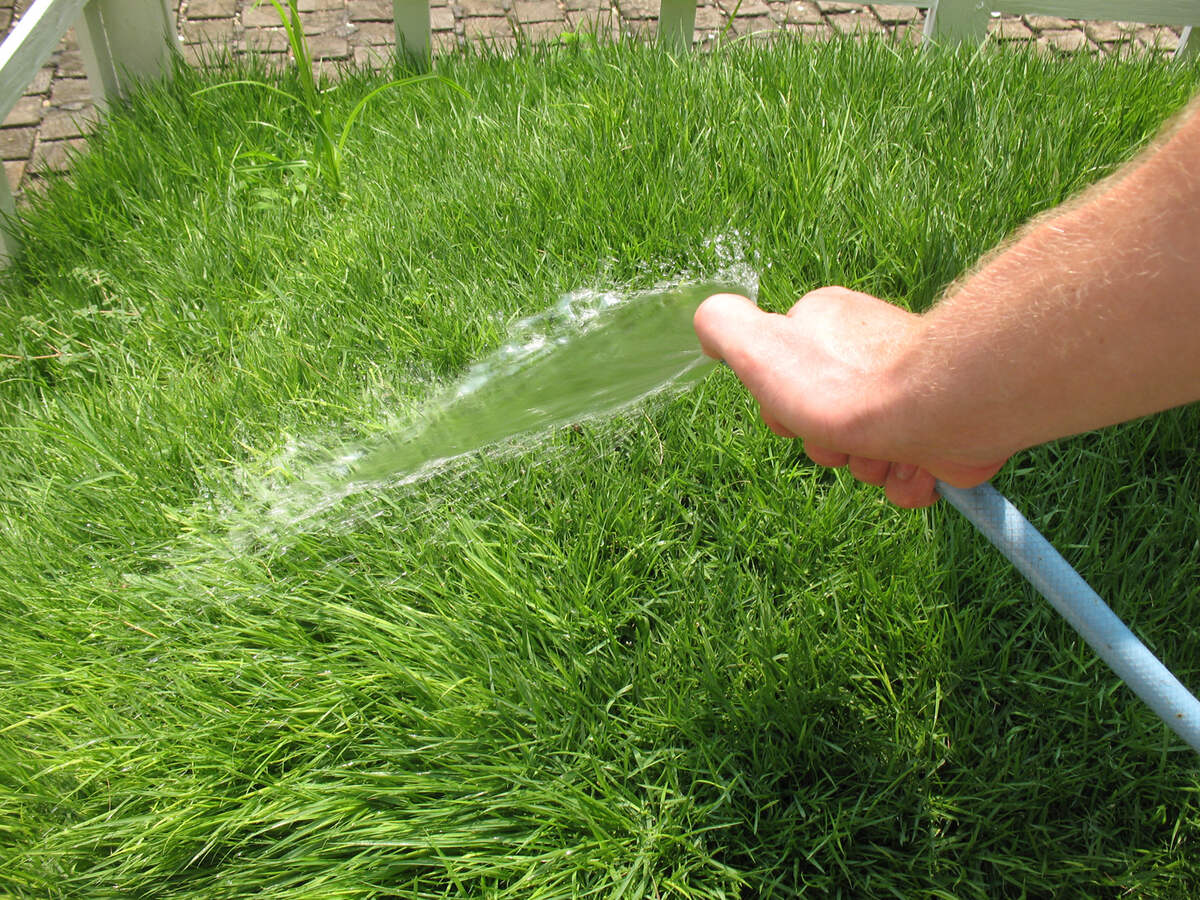
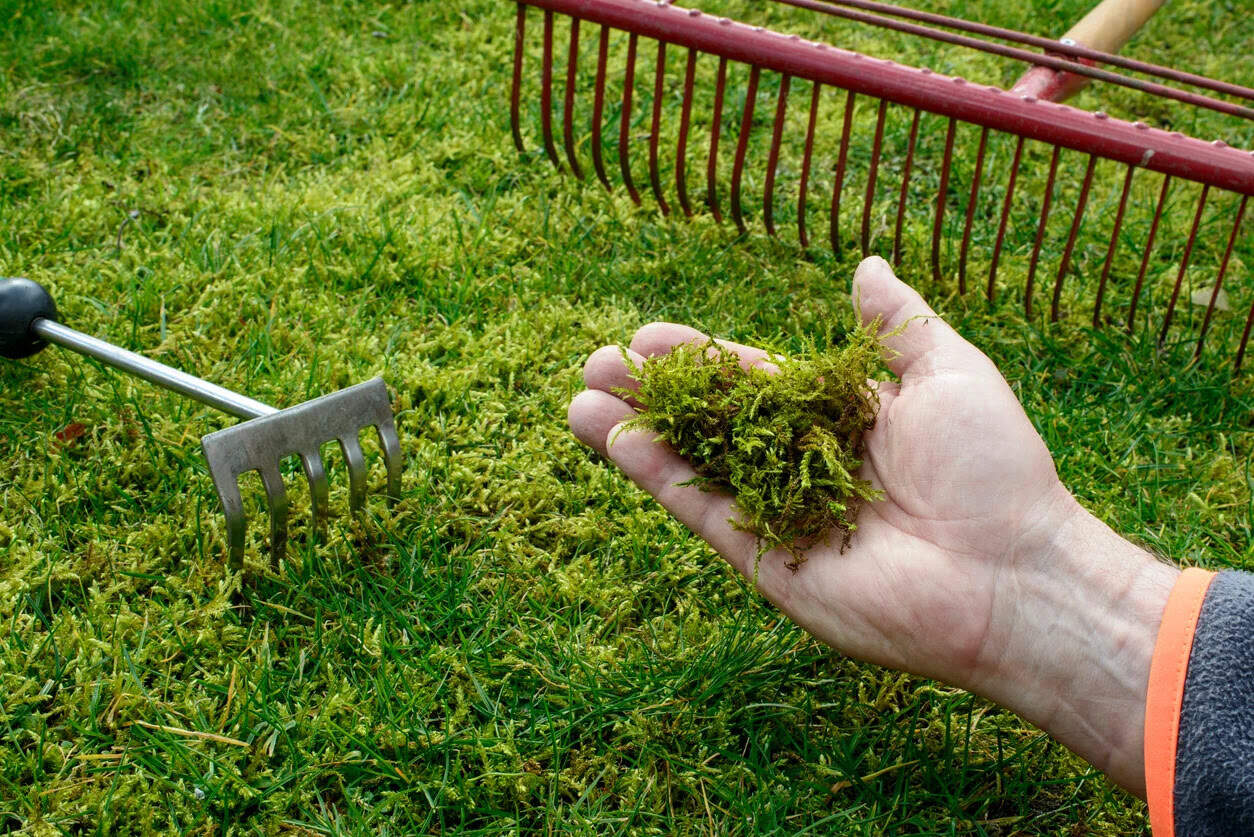
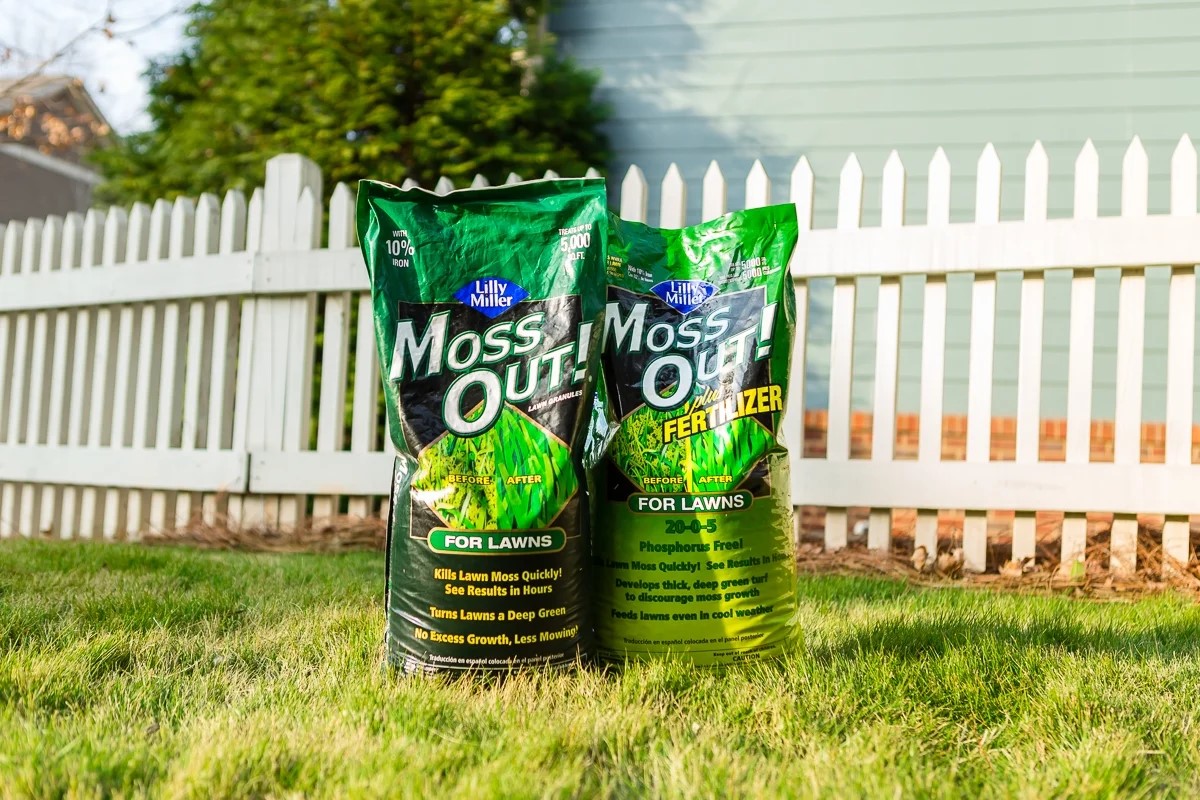
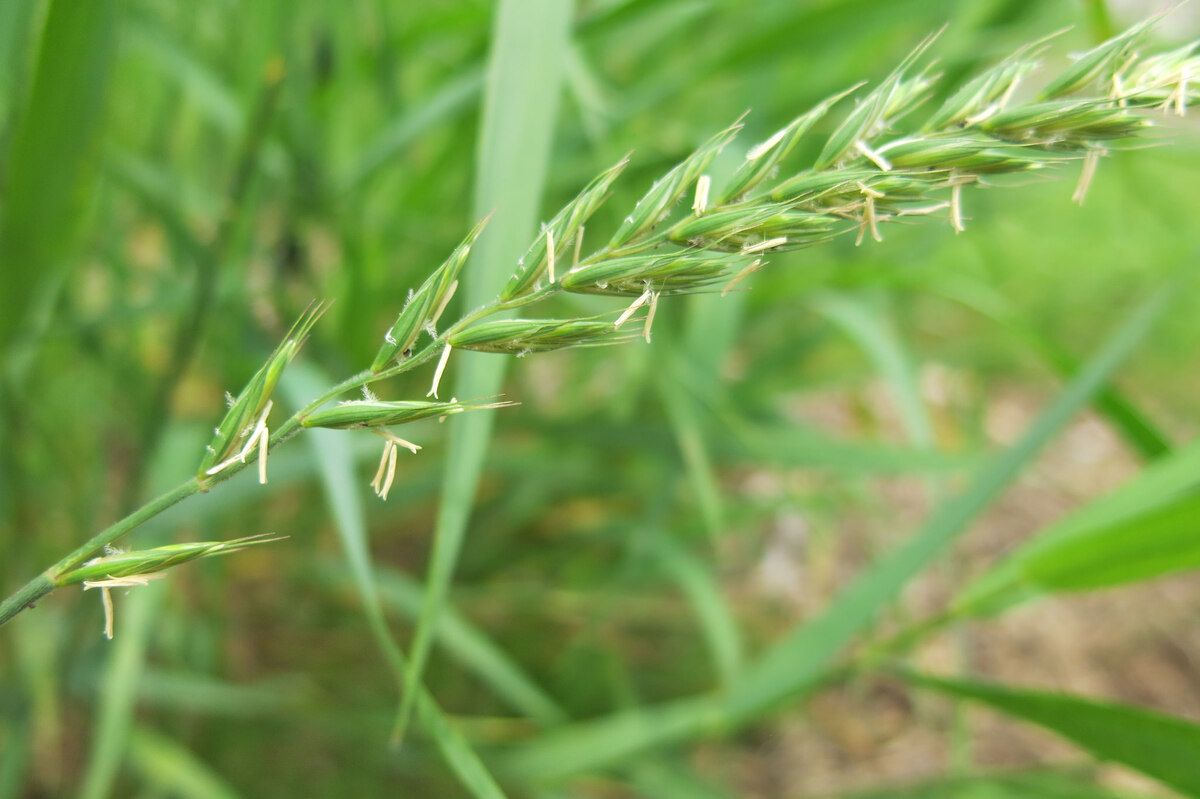
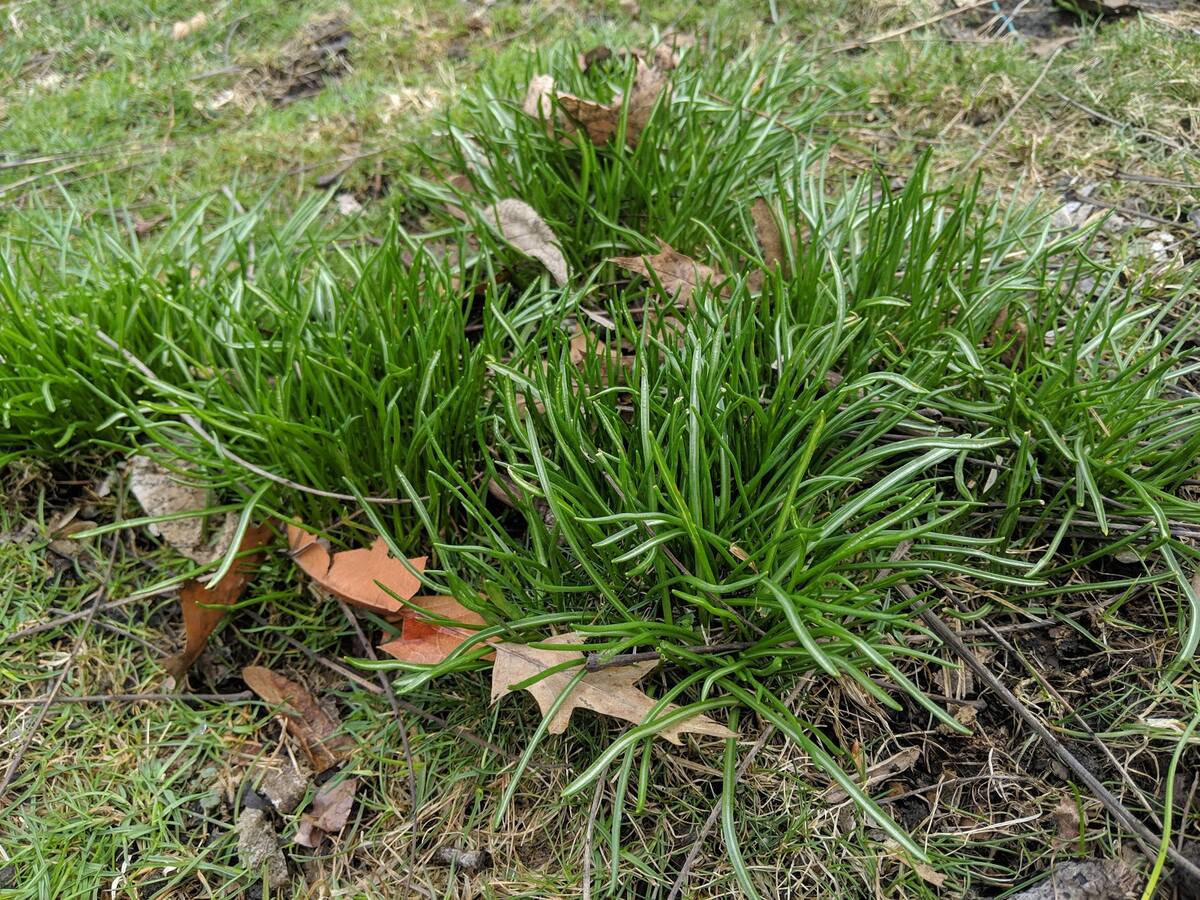
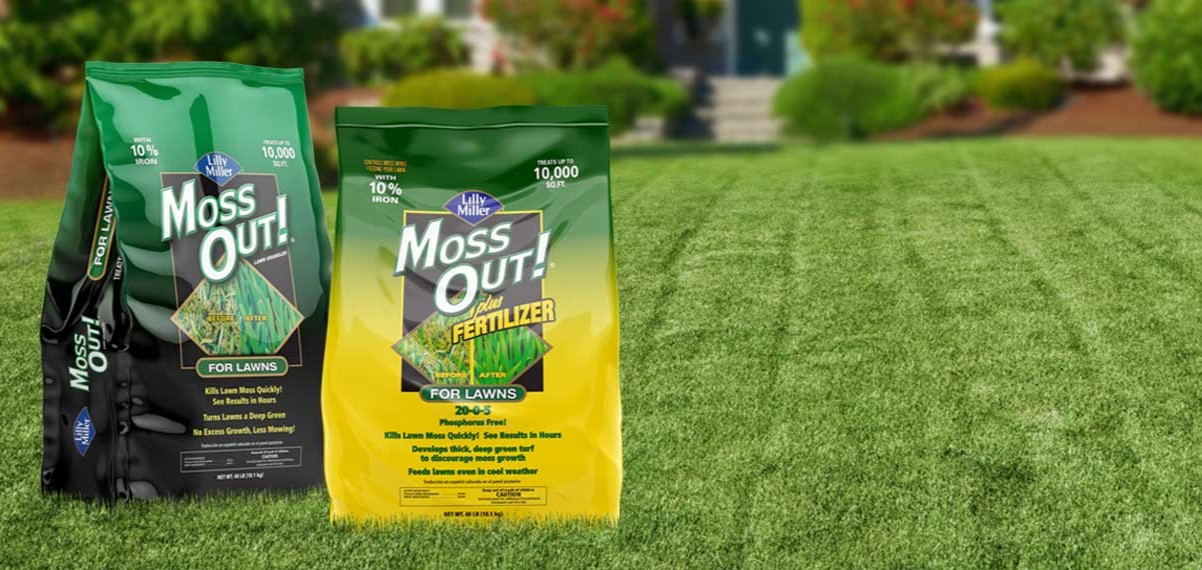
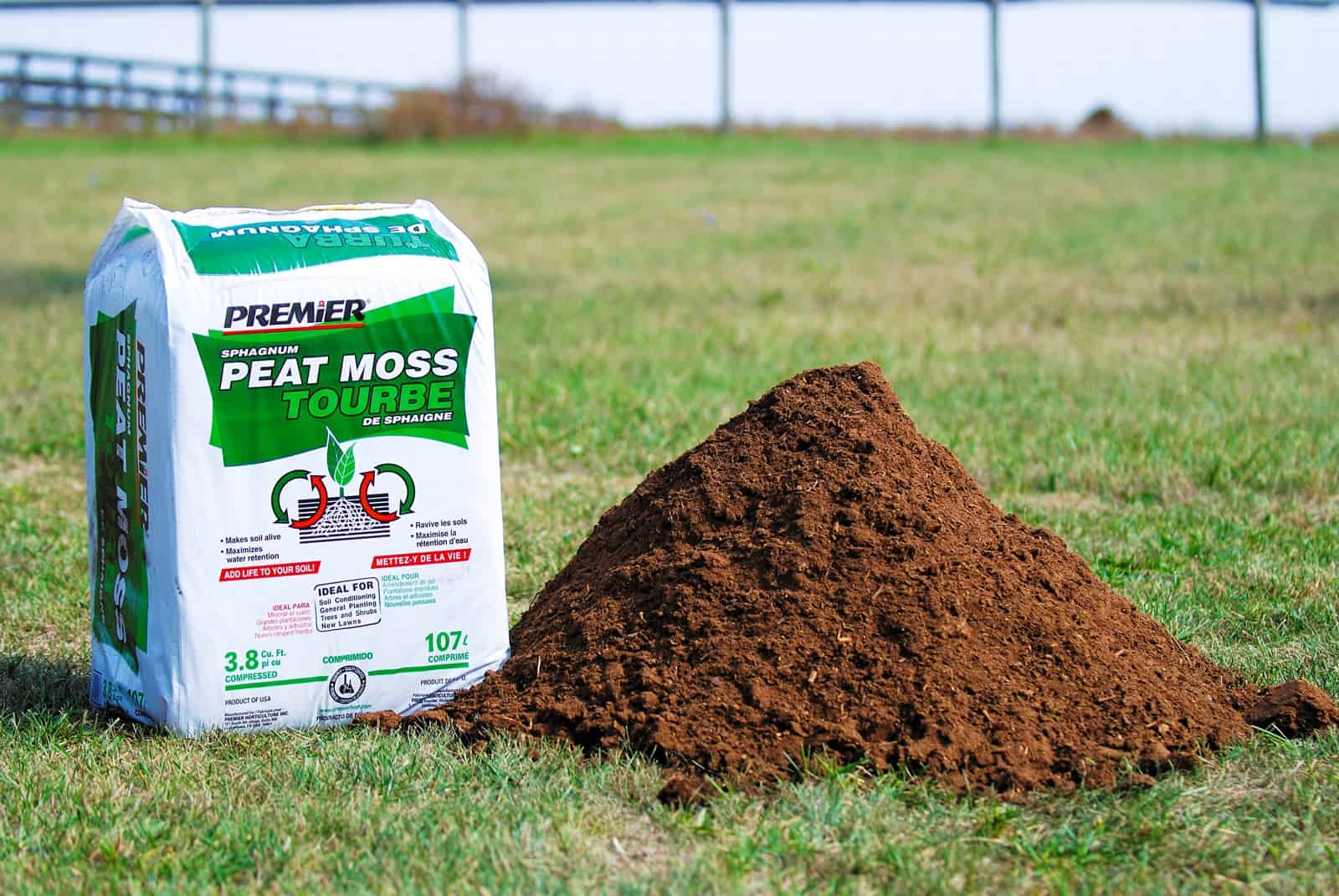
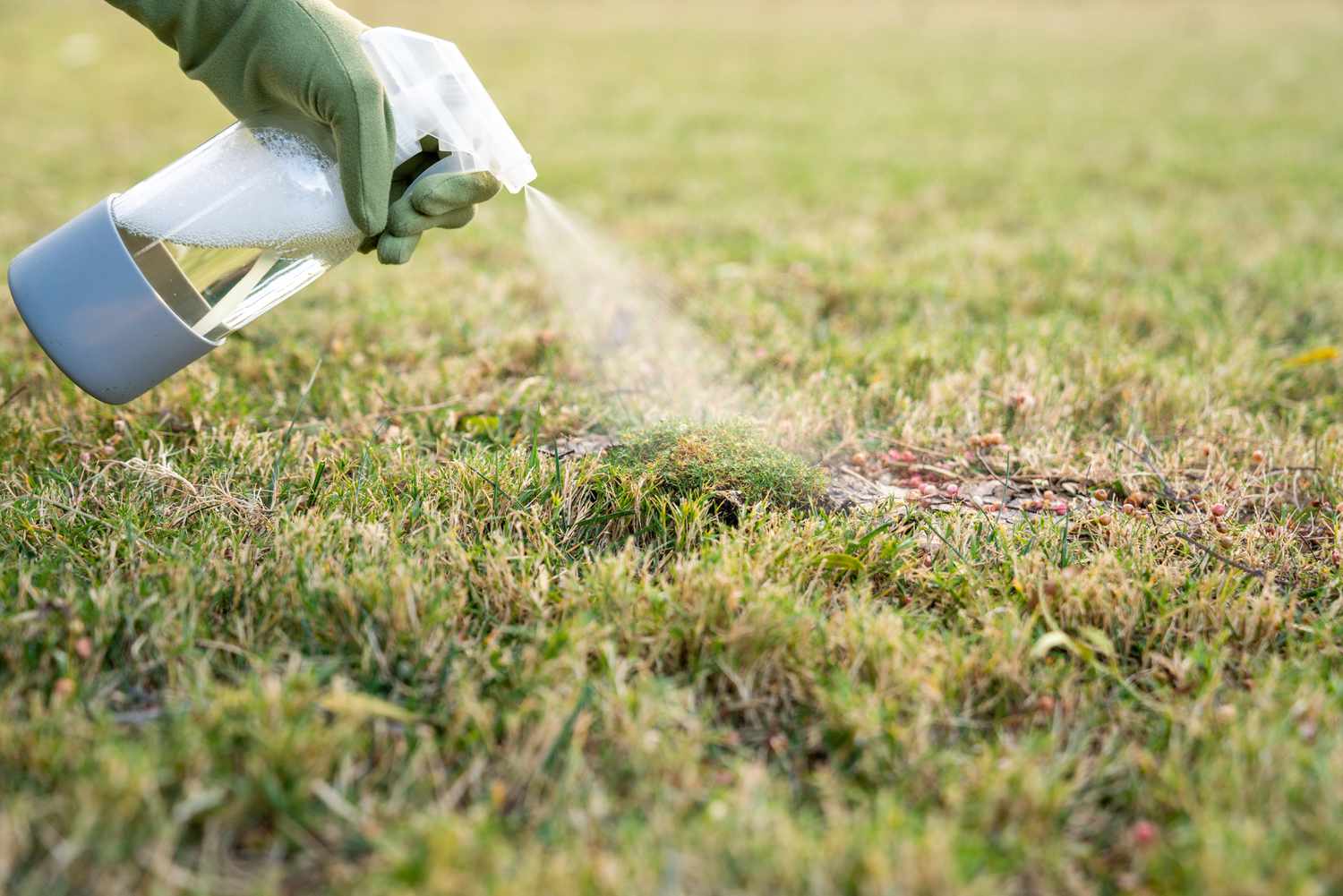
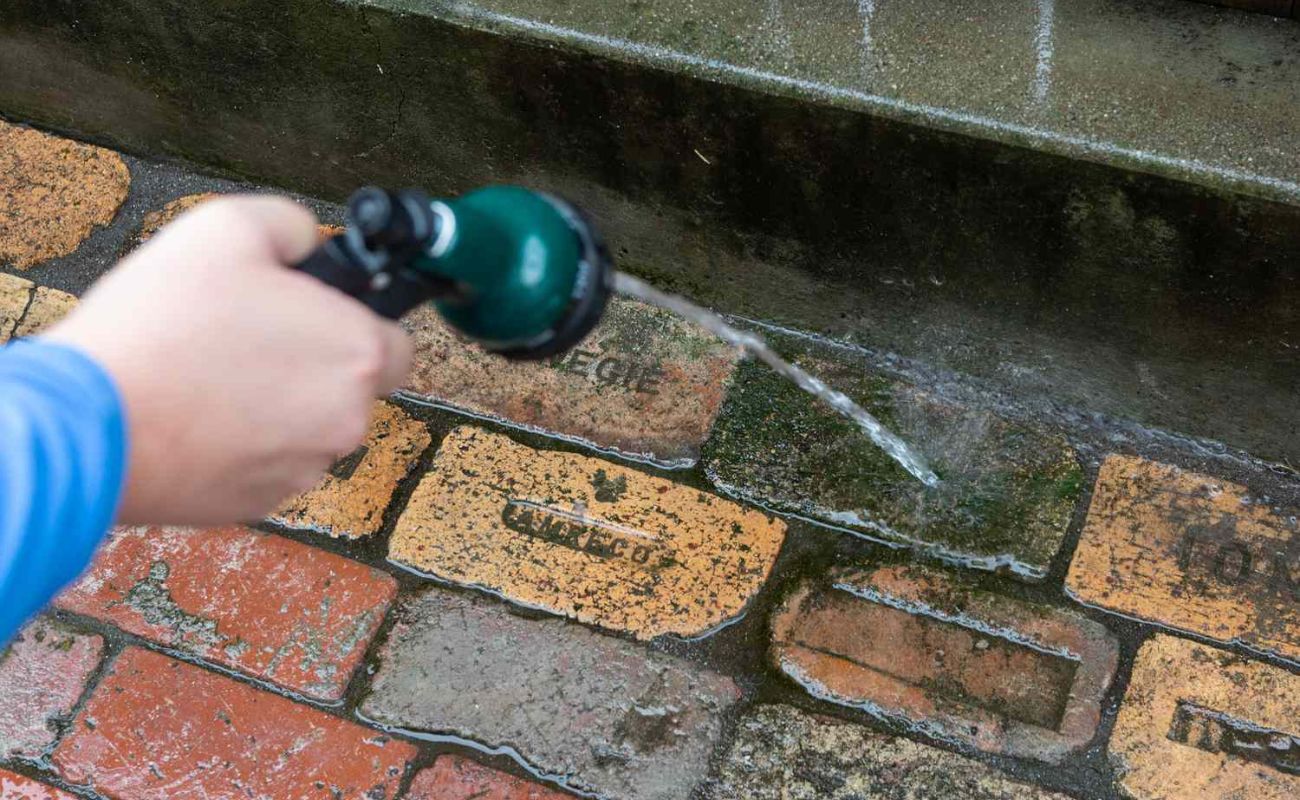

0 thoughts on “How To Get Rid Of Moss In Lawns”